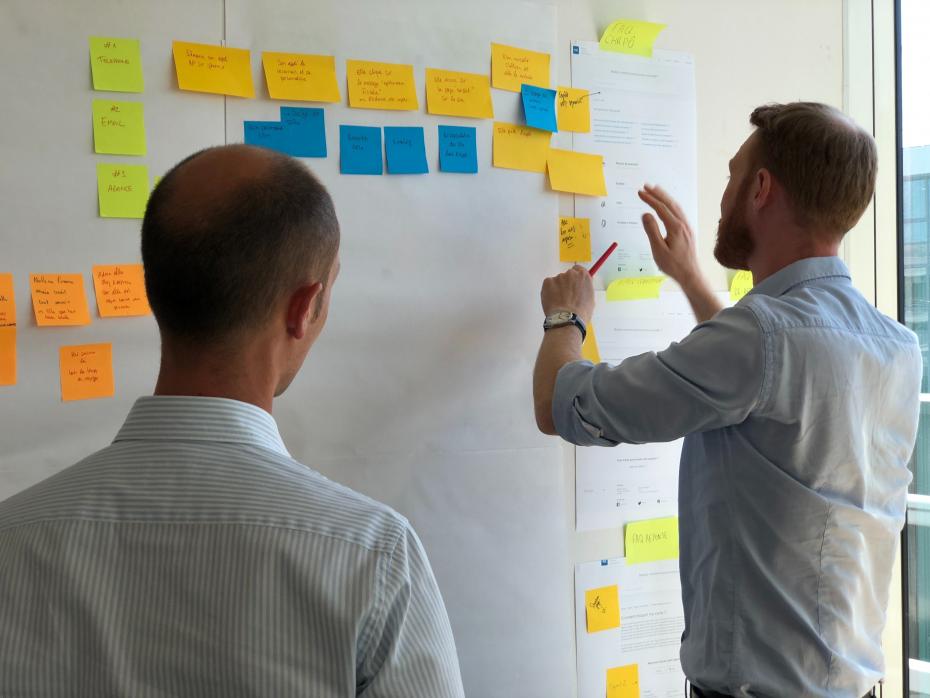Blended learning – a pedagogical approach combining face-to-face teaching with online course delivery – is gaining traction around the world thanks to its cost-effectiveness and flexibility, spurred on by the pandemic. However, the implementation of a successful blended learning programme is often complex, time-consuming and taxing on staff. This is particularly true for universities at the early stages of digital transformations, as they face a shortage of staff skills, connectivity issues and negative attitudes towards technology, among other challenges.
Across sub-Saharan Africa, rapid digitisation combined with growing tertiary enrolment rates creates opportunities for universities to harness technology and reach more students.
In response to this trend, in 2016 the Association of Commonwealth Universities established the Partnership for Enhanced and Blended Learning (PEBL) with support from the UK Foreign Commonwealth and Development Office’s SPHEIR (Strategic Partnerships for Higher Education Innovation and Reform) programme, convening 23 universities in east Africa to strengthen capacity for blended learning design and delivery across the region.
Over four years, PEBL has trained more than 170 academics and educational developers in blended learning. The programme supports local academics to develop and share blended modules geared to the needs and interests of students in the region. There are 26 open-source modules, which are available on OER Africa, now bring used by more than 11,000 undergraduate students.
The road to success for blended learning
Lessons in recommended approaches to capacity development, staff incentivisation and advice for management staff and teachers that have been learned from this pilot programme are relevant for universities around the world looking to strengthen blended learning design and delivery.
Capacity development: Employing a “train-the-trainer” approach, whereby a small core of staff trained within a university cascade their expertise to other faculties via in-house training, enables you to reach much wider audiences, amplifying available expertise. Using this model, our training has reached more than 7,000 staff across east Africa. While staff skills, interest and time to participate in training were constraining factors on occasion, overall, the cascading approach is effective and ensures the optimisation of blended learning beyond initial training programmes.
Incentives: The transition to blended learning often results in greater time demands on academic staff contending with existing workloads. But personal incentives for university staff to switch to online or blended learning have a positive impact on uptake, our participants reported. Incentives can go beyond monetary rewards, and include personal interests, day-to-day work pressure alleviation, expanded opportunities for professional development, and even practical factors such as greater access to devices or subsidised data costs.
In addition, a better understanding of student incentives and involvement of students in module design and quality assurance should be considered when developing blended programmes.
Advice for university management: University leaders can create incentives for teachers and students to support online and blended learning, including ensuring reliable IT and internet access both on and off campus for efficient learning management system (LMS) operation and use. They can explore new methods to fund IT equipment and data costs; for example, some PEBL universities have entered into partnerships with data service providers to give students free access to dongles to study from home.
Establishing standards for blended content – covering delivery, learning, accreditations and examinations – is crucial. University management has a role to play in ensuring that online and blended learning programmes meet national standards while addressing local needs and constraints.
Finally, university leaders are encouraged to join partnerships with other higher education institutions to improve the quality and availability of online and blended content.
Advice for teachers: Blended learning enables teachers to choose the appropriate proportion of in-person versus online learning time. Teaching staff are encouraged to regularly review approaches for special subjects requiring more contact time – such as lab-based subjects like medicine or biology – and make more use of assignments for learning and examination.
In addition, a comprehensive quality assurance framework is essential to maintaining the credibility of blended programmes. This is particularly important in cases where students may perceive blended courses as inferior to in-person learning. Teachers are therefore encouraged to apply the principles of effective adult online and blended learning to course development and delivery. These principles have been embedded in the Quality Assurance Rubric for Blended Learning developed through PEBL in partnership with the Commonwealth of Learning.
The final evaluation report, including more comprehensive advice and recommendations for universities and policymakers, can be accessed here.
Future focused: what’s next for PEBL?
To strengthen capacity for blended learning across the Commonwealth, the ACU is applying lessons learned through PEBL to the design of new partnership programmes – starting in west Africa, where 12 universities are being brought together, alongside international technical partners, under the PEBL partnership model.
By enhancing staff capital and increasing collaboration between universities to overcome common challenges, we can lay the groundwork for the sustainable growth of innovative teaching and learning, while supporting the development of blended learning that benefits educators and learners.




comment